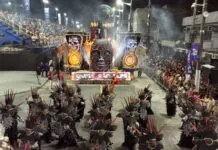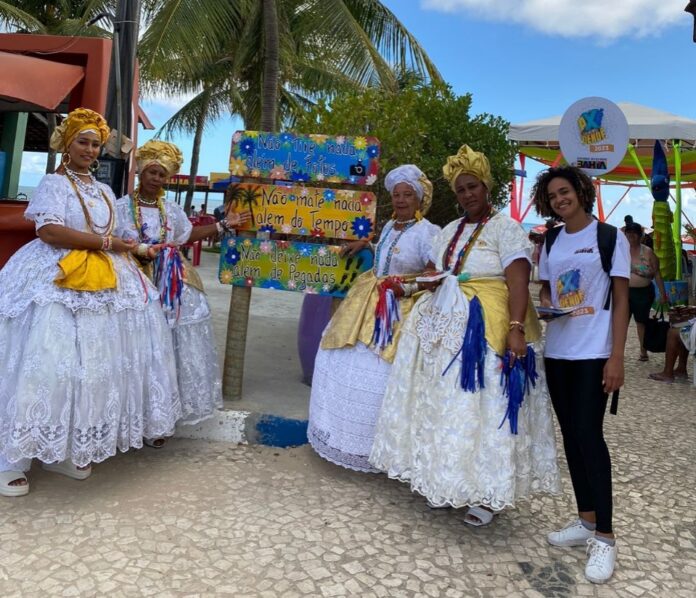
Acarajé Festival 2024 is coming to São Paulo, bringing the essence of Bahian cuisine to Avenida Paulista. Scheduled for December 7 and 8 at Club Homs, this free event is a unique opportunity to experience Afro-Brazilian culture through its iconic flavors.
I discovered acarajé while researching must-try dishes from Brazil. It was praised for its unique flavor and deep cultural significance. People described it as more than just food. It carried stories of resilience and tradition.
This festival brings a chance to taste it and understand why it holds such an important place in Afro-Brazilian heritage.
Festival Overview
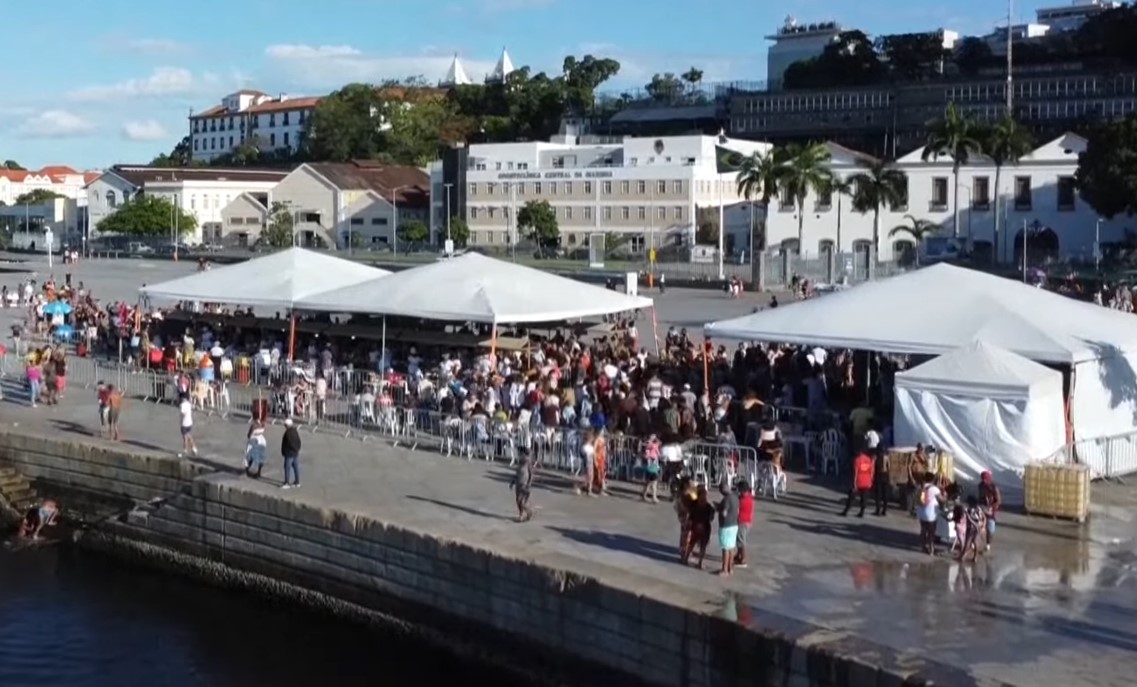
| Dates | December 7-8, 2024 |
| Location | Club Homs, Avenida Paulista, São Paulo |
| Time | 10 AM to 8 PM |
| Admission | Free |
| Highlights | – Traditional Bahian dishes – Acarajé prepared by Bahian women – Other Bahian specialties like bobó de camarão, galinhada, and desserts – Coinciding Mystic Market with talks and rituals |
What to Expect at Acarajé Festival 2024
The festival is all about celebrating Bahian food and culture. The baianas, or Bahian women, will be there preparing acarajé, a dish they have been making for generations. They will also be wearing their traditional white dresses, which are an important part of their heritage.
Avenida Paulista recebe Festival do Acarajé com entrada gratuita#acarajé #AvenidaPaulista #FestivalDoAcarajé #RolêEmSp #SãoPaulo https://t.co/Ejato5KR29
— Visão Oeste (@visaooeste) November 30, 2024
You can try a variety of Bahian dishes at the festival, not just acarajé. There will be desserts and other classic foods that show the flavors of Bahia. The event is open to everyone, with free entry, making it easy to drop by and enjoy.
Here are some things you might find interesting:
- Meet the Baianas: They are experts in making acarajé and have kept this tradition alive for decades.
- Learn About Black-Eyed Peas: This key ingredient in acarajé is grown across Brazil, with Bahia as a major producer.
- Enjoy Avenida Paulista: The location adds to the fun, as it is one of the most lively and popular spots in São Paulo.
The Cultural Importance Behind Acarajé
It is a dish with deep roots in Afro-Brazilian culture, brought to Brazil by enslaved Africans. The baianas who prepare it today are carrying on a tradition that has been passed down for centuries. For many, acarajé is a symbol of resilience and a connection to their ancestors.
The dish is also tied to the Candomblé religion. Acarajé is often offered to orixás, or deities, in rituals. It is not just food; it plays an important role in spiritual practices. Even the way it is made—by hand and with specific ingredients—carries cultural significance.
Un festival gastronomique célèbre l’Acarajé, un plat de rue traditionnel afro-brésilien. Ce petit pain frit trouve ses racines en Afrique de l’Ouest et a été introduit à Bahia au XIXe siècle. L’acarajé est préparé à partir de haricots comme ingrédient principal pic.twitter.com/rGbtgOQzAF
— TRT Afrika Français (@trtafrikaFR) December 1, 2024
Here are some interesting facts:
- Origins in Africa: Acarajé comes from a similar dish in West Africa. It was brought to Bahia by Yoruba people.
- Role in Communities: Baianas have been selling acarajé for decades, often as a way to support their families after slavery ended.
- Religious Meaning: In Candomblé, acarajé is offered to the orixá Iansã, who is associated with storms and winds.
A Closer Look at the Bahian Dishes on Offer
The Acarajé Festival brings together some of the best dishes from Bahia. Each one has a story behind it, shaped by the history and culture of the region. The food at the festival gives a real taste of Bahia’s rich traditions.
Dishes to Try
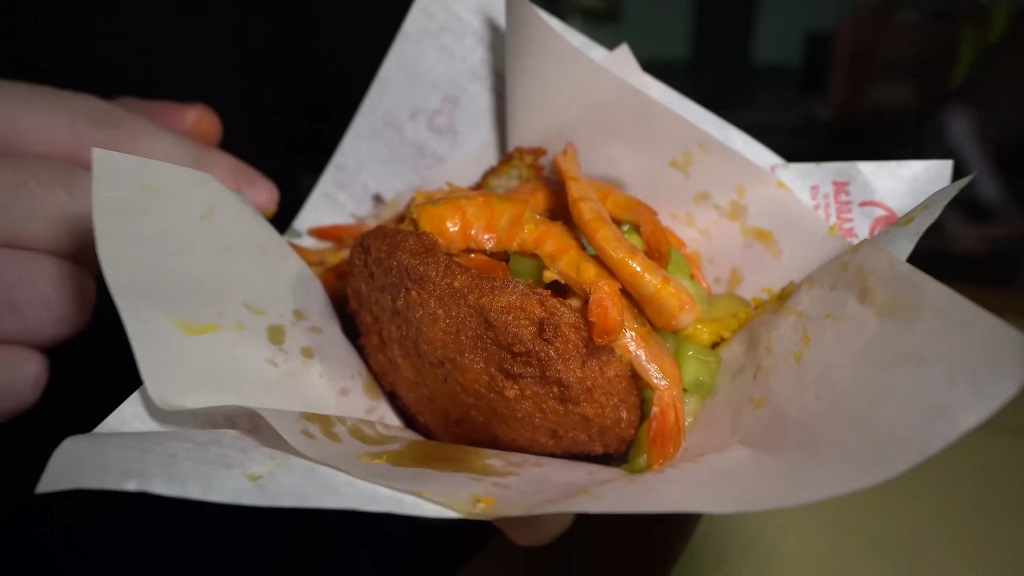
- Acarajé: This is the main dish of the festival. Made with black-eyed peas, fried in palm oil, and filled with vatapá (a creamy paste), caruru (okra stew), and shrimp, it is full of bold flavors.
- Bobó de Camarão: A creamy shrimp stew made with cassava and coconut milk. It is a comfort food that is popular in Bahia.
- Baião de Dois: A mix of rice and beans cooked with dried meat, sausage, and cheese. It is hearty and filling.
- Galinhada: A classic chicken and rice dish cooked with Bahian spices.
Desserts to Look For
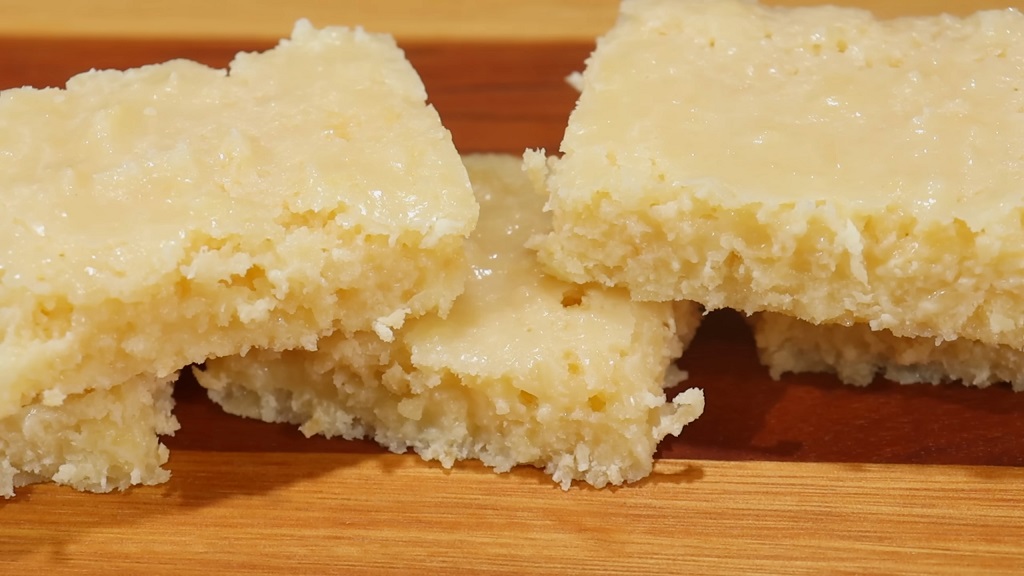
- Cocada: A sweet treat made with coconut, available in flavors like caramel or chocolate.
- Rabanadas: Similar to French toast but sweeter, usually topped with cinnamon sugar.
- Strawberry Coxinhas: I recently shared a recipe for the classic savory coxinha filled with chicken. At the festival, you will find a sweet version filled with strawberry cream. They have the same shape as the original but are perfect for dessert lovers.
What Makes Special
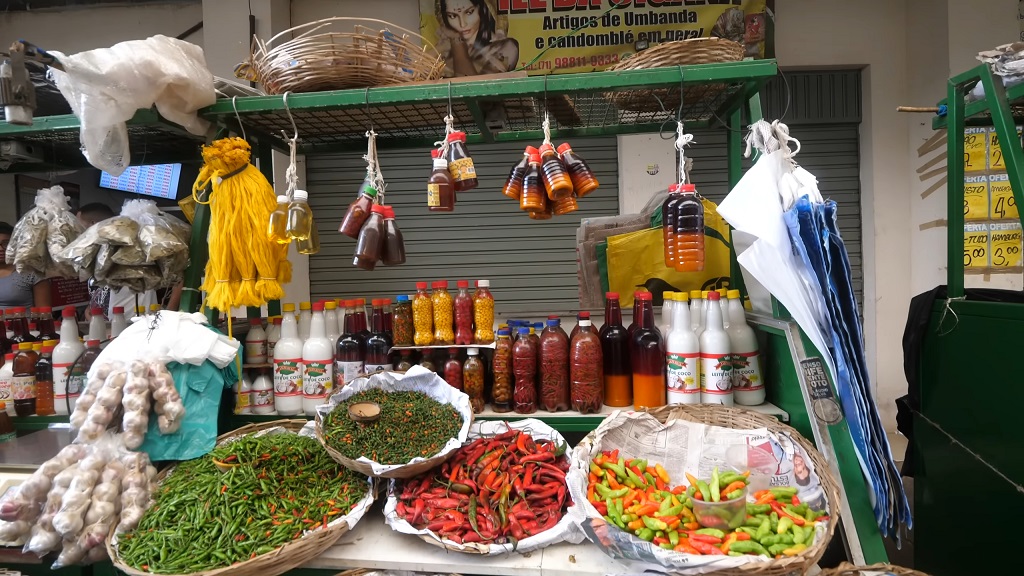
- Palm Oil: Known as dendê oil, it gives many dishes their unique flavor and bright color.
- African Influence: The cooking styles and ingredients like okra and spices come from Bahia’s African roots.
- Fresh Ingredients: Cassava, coconut, and tropical fruits are staples in Bahian cooking.
How Acarajé Became a Global Icon?
Acarajé has its roots in West Africa, where a similar dish has been part of the culture for centuries. When enslaved Africans were brought to Brazil, they brought their food traditions with them.
Over time, acarajé became a key part of Bahian cuisine and culture. It was sold on the streets by freed African women, known as baianas, who relied on it to support their families.
Today, acarajé is recognized worldwide as a symbol of Afro-Brazilian heritage. It has been featured at international food festivals and cultural events, attracting people curious about its history and flavor.
In Bahia, acarajé is more than just food. It is part of religious rituals in Candomblé and is often prepared as an offering to orixás, or deities.
Here are some real facts about its global rise:
- UNESCO Recognition: The role of baianas and acarajé in Bahian culture was recognized as an Intangible Cultural Heritage by UNESCO.
- International Festivals: Acarajé has been showcased at food festivals across Europe, North America, and other parts of the world, drawing attention to Afro-Brazilian cuisine.
The Connection Between Acarajé and Black-Eyed Peas

Black-eyed peas are the main ingredient in acarajé. They were brought to Brazil by enslaved Africans and became a key part of Afro-Brazilian cooking.
In acarajé, black-eyed peas are ground into a paste, mixed with onions, and fried in palm oil. The preparation is simple but requires skill to get the texture and flavor just right.
Here are some real facts about black-eyed peas in Brazil:
- Main Producers: Bahia, Ceará, and Minas Gerais lead the production of black-eyed peas in Brazil.
- Reliable Harvests: Brazil is one of the few countries with three bean harvests each year, ensuring a steady supply.
- Sustainable Crop: Black-eyed peas grow well in various climates, making them an important crop for Brazilian farmers.
Fun Fact: Did you know the music group Black Eyed Peas got their name from the legume? The group chose it because black-eyed peas are considered a soul food, symbolizing positivity and good vibes.
Additional Attractions at the Mystic Market
The Acarajé Festival is happening alongside the Mystic Market at Club Homs, making it an even more exciting weekend to visit Avenida Paulista. While you enjoy Bahian food, the Mystic Market adds a unique touch with its focus on spirituality and mysticism.
The Mystic Market offers over 100 stalls selling items that range from crystals and tarot cards to handmade crafts. Visitors can explore products tied to astrology, healing, and spiritual practices. It is a great spot to find unique gifts or learn about mystic traditions.
Workshops and Talks
The Mystic Market will feature workshops and talks that make spiritual practices easy to explore.
- Astrology Basics: Learn how zodiac signs and planetary movements can influence life in simple terms.
- Energy Cleansing Techniques: Discover how to use sage, crystals, or other tools to clear negative energy.
- Introduction to Spiritual Practices: Practical advice on meditation and grounding exercises for everyday stress relief.
Shamanic Cleansing
The shamanic cleansing ritual is one of the most unique attractions at the Mystic Market.
- Sacred Herbs: Experience the use of sage, palo santo, and other plants for energy purification.
- Guided Rituals: A shaman will lead the process step by step, explaining each part along the way.
- Calming Techniques: Drumming and chants help create a peaceful and focused experience.
New Year Predictions
The Mystic Market also offers a chance to look ahead to the coming year through personalized readings.
- Tarot Readings: Get insights into career, relationships, or other questions with a skilled reader.
- Astrology Sessions: Learn what your zodiac sign and birth chart suggest for your year ahead.
- Numerology: Some stalls use your name or birthdate to uncover patterns and predictions.
The Best Part? It’s Free
One of the best things about the Acarajé Festival is that it is completely free to attend. You can enjoy authentic Bahian food, learn about Afro-Brazilian traditions, and explore the Mystic Market without worrying about ticket costs.
Here is why that matters:
- No Barriers: Anyone can join, making it a welcoming event for locals and visitors alike.
- Great Value: You get to experience delicious dishes, cultural activities, and unique shopping opportunities without spending anything on entry.
- Perfect for Families: Free admission makes it easy for families to enjoy a day out together without breaking the budget.
Final Thoughts
The Acarajé Festival 2024 offers an experience worth your time. It celebrates food, culture, and history, brought to life by the people who preserve these traditions. You can expect energy and meaningful moments, from tasting dishes made with care to exploring the unique stalls at the Mystic Market.
If you have never tried Bahian food before, this is a great chance to discover something new. The event is open and easy to enjoy, appealing to anyone curious about Afro-Brazilian heritage or great food.
Also, if you decide to stay in Sao Paulo for a few days longer, don’t miss a chance to learn more about modern business strategies by attending the O Novo Mundo event.


